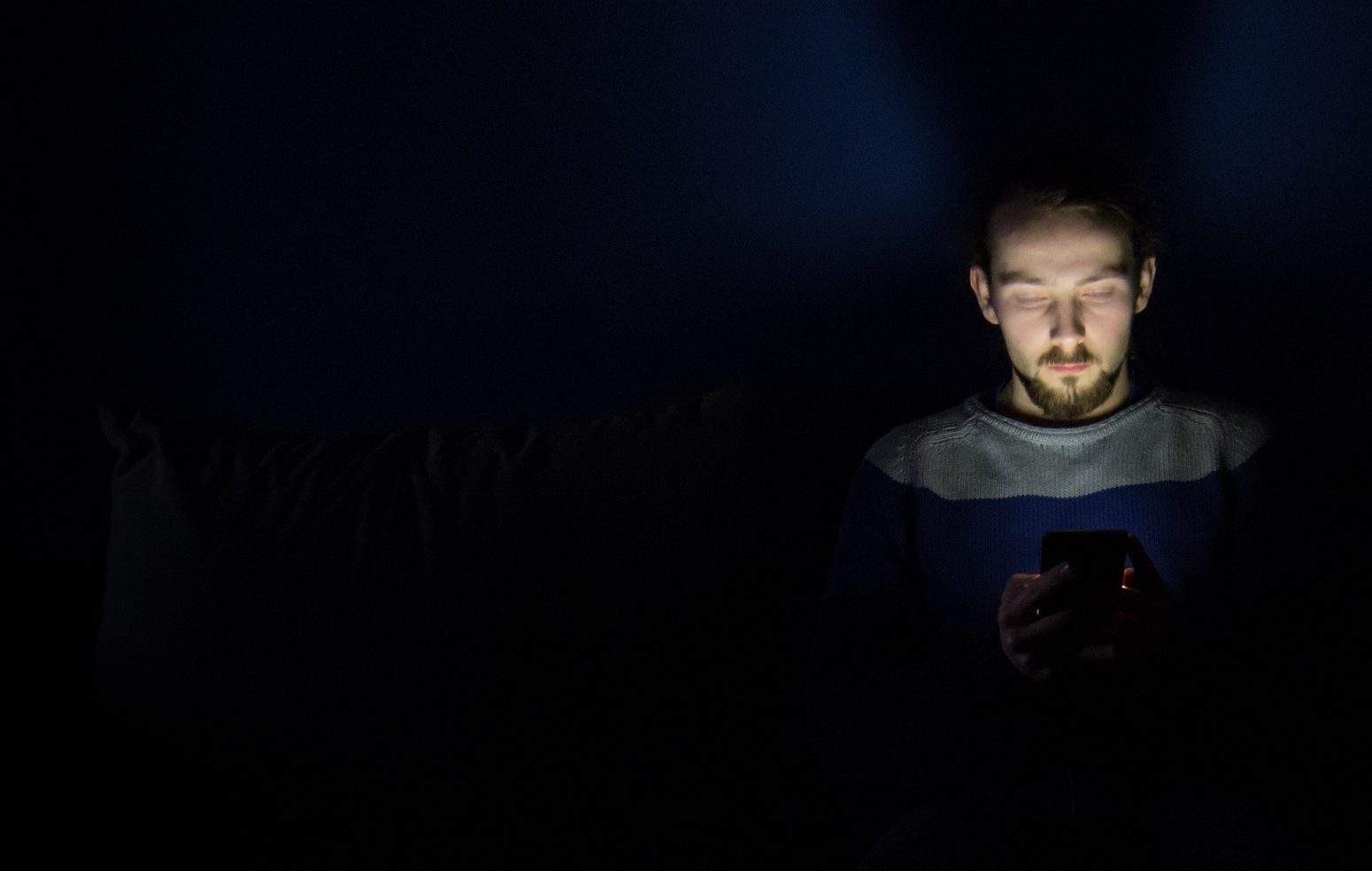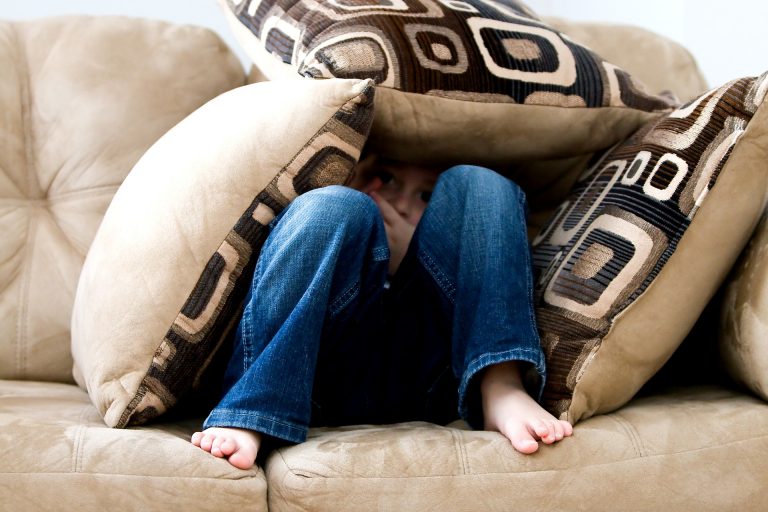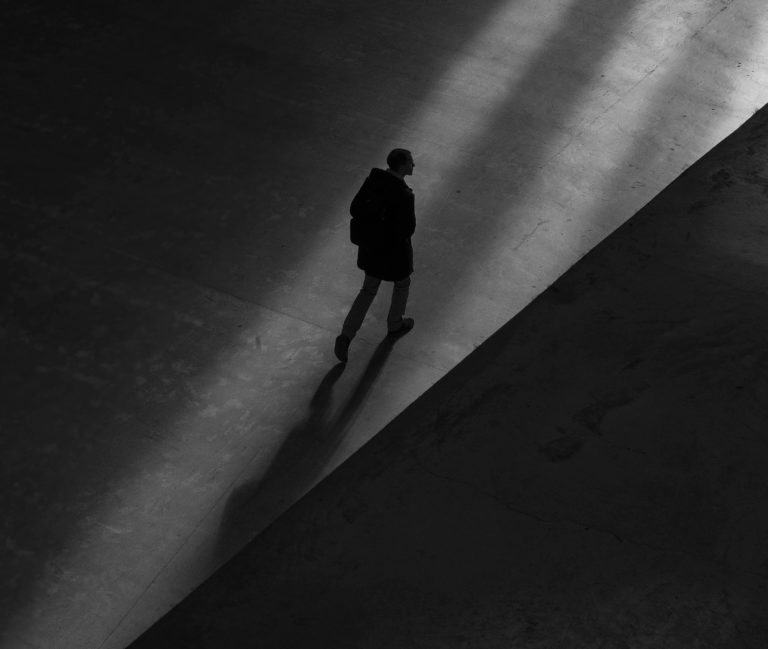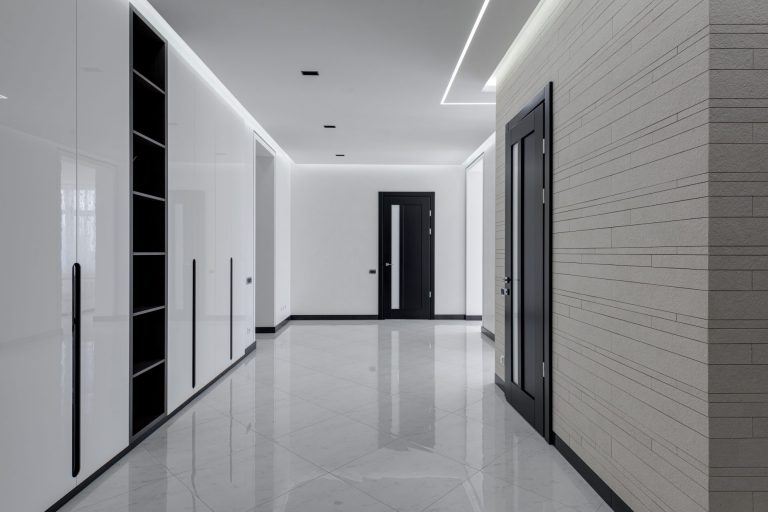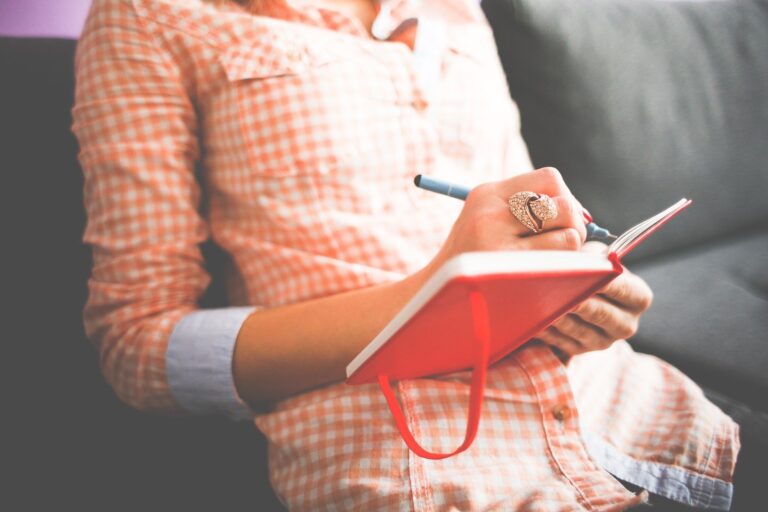Stop Looking at Your Phone When You Can’t Sleep (And What to Do Instead)
Rachael also contributed to this post.
When I get up for work on a weekday morning, I keep to a routine. Among other things, I get something to eat, take some time to think about the day ahead, and then go get cleaned up and dressed for the day. While I’m eating, I also usually get on my laptop to check in on a few things, both important and maybe less important.
Somewhere in there, I’m likely to check in on social media, including looking at what was posted the night before. And on that front, I usually take particular note of middle-of-the-night posts … you know, the ones that go out at 3 a.m. or thereabouts.
Sometimes the people posting are just sharing an article or something equally mundane. Other times, the posts are a more explicit reference to the fact that they’re up in the middle of the night, such as complaining that they can’t sleep or lamenting how tired they’re going to be at work the next day.
Those are just the people who actually post during the night. I’d bet that there are many more people who are up in the middle of the night, scrolling or surfing, or doing something to pass the time during those periods when they should be fast asleep.
I understand why they’re online. They’re awake and don’t just want to sit there doing nothing. But getting on a screen doesn’t make it easier to fall back asleep. It makes it harder.
Preparing Yourself For Sleep
Humans are responsive to light. Studies show, for example, that getting a lot of light in the morning — sunlight especially — makes it easier to sleep at night. Studies also show that getting too much light in the evening can make it harder to sleep at night. So light is a powerful tool for rest and wellbeing.
An important part of any healthy evening routine is to gradually reduce the amount of light a person is exposed to, especially in the hour before going to bed. Turning off bright overhead lights and using smaller table lamps can be useful. So can turning off screens: televisions, laptops, and phones. By cutting down the light, a person is signaling to their brain that it’s time to go to sleep. Engaging in a relaxing activity like reading a book, either a physical one or on a non-backlit e-Reader, can be enormously helpful in prepping the body to do its job once a head hits a pillow.
That’s why getting on a screen in the middle of the night is such a problem. If a person gets on their phone — or TV, or other backlit device — in the middle of the night, they’re essentially telling their brain: “Hey, it’s morning! Time to get up!” Social media, which tries to get people to endlessly scroll, can actually make things worse.
The prevailing wisdom is that blue light is the big culprit, but some researchers think yellow light might actually be worse. With the science still unsettled, it would seem wise to minimize light in general. Now, if you’re trying to stay awake, this can play to your advantage. (I once needed to stay awake in the middle of the night to watch an infant daughter, and I found a combination of social media and video games to be quite effective.) But if you’re trying to go back to sleep, it can be a roadblock to the very thing you badly need.
What Else Not to Do
We’ve established that overnight screens aren’t ideal if your goal is to get back to sleep. What else should you avoid?
For one, avoid exercise. Running or lifting is a great way to wake up and a terrible way to get your body prepped to go to sleep. You should avoid moderate exercise an hour before bed and cut off vigorous exercise a few hours before. A 2 a.m. run isn’t going to help you get back to sleep.
For another, alcohol. Studies show that spirits may make you drowsy but can interfere with how your body sleeps. You might pass out, but your quality of sleep is likely to be poor. Same goes for nicotine.
And one more thing to avoid: try not to panic or allow yourself to feel too upset about your inability to sleep. Feeling anxious about not sleeping can create its own vicious cycle in which you come to associate your bed as a place where you feel frustrated, unhappy, and wide awake. To reorient your thoughts, take a page from cognitive behavioral therapy and try to replace your anxious sleep-related thoughts with more reasonable thoughts about sleep. For instance, instead of lamenting about how bad you’ll feel the next day, tell yourself that not all sleepless nights are followed by bad days. Think about times when you’ve been on vacation or other special occasions when you haven’t gotten a full night of sleep, and you were still able to function and even enjoy yourself the next day. Also assure yourself that you will eventually get some sleep. Sleeplessness can’t last forever.
On a similar note, avoid looking at your clock while you’re lying in bed trying to fall asleep. It will only upset you when you see how much sleep time you’ve lost or how few hours you have left to sleep, which will put more pressure on you mentally and make it even harder to achieve sleep. Choose to be oblivious and trust that your alarm clock will wake you at the proper time in the morning. (The only exception to this clock rule is if you get up to do a hard reset, which I’ll talk about here shortly.)
What To Do
Because the causes of insomnia can vary from person to person, the solutions can vary, too. If your insomnia is caused by job anxiety, for instance, finding a way to deal with that job anxiety during the day may improve sleep at night. And, obviously, if chronic pain or another medical issue is keeping you awake, a medical plan (and the right doctor) will be important.
With that said, there are a few general approaches that can be helpful in getting you back to bed. It’s useful to think of those interventions as stair steps, moving up to higher levels of intervention if lower ones don’t work.
Tier 1 Interventions: In the Dark, In Bed
If a person can’t sleep, it’s useful to try some techniques that don’t involve turning on a light or even getting out of bed.
One is breathing. There are several breathing exercises out there that you can experiment with, some of which can be done lying down or just sitting up in bed.
A second option is stretching. Some light stretching exercises can be helpful in loosening muscles and getting your body in a relaxed state to go back to sleep. Some of those stretches, like the breathing exercises, can be done while in bed.
A third technique is progressive muscle relaxation. This approach involves systematically tightening and loosening muscles in your body, starting from your face and moving down to your toes. A full regimen can be done in 10-15 minutes and can be done without getting out of bed.
A fourth is using a mental technique, such as counting or mindfulness. This might involve mentally doing a multiplication table, or visualizing yourself in a restful place, or imagining something simple like turning pages on a book. If you’re religious, you might consider a simple prayer of thanks for the positive things in your life, or a liturgical prayer if you are a liturgical person. You might also mentally recite memorized passages from Scripture or another religious text, including things such as the 23rd Psalm or the Lord’s Prayer.
Tier 2 Interventions: A Soft Reset
If Tier 1 interventions don’t do the trick, getting out of bed for a short spell can do the trick. This is best done with little or no light, so if you can accomplish this with just nightlights or very little light, that’s ideal. (Obviously, make sure you have enough light not to hurt yourself.)
The core part of this intervention is doing a reset. In other words, get out of bed, and do something brief and mundane. That could include:
- Using the bathroom
- Getting a small drink of water
- Looking out a window
- Doing some very light stretching while on your feet
- … or something else low-key
The important point here is to avoid light as much as you can and then head back to bed after a few moments or minutes.
Tier 3 Interventions: A Hard Reset
If Tier 1 and Tier 2 don’t work, the next step is to do a more extended approach. That means doing the kinds of things that work the best before going to bed in the first place. If I get to Tier 3, I plan on blocking about 30 minutes for this intervention, but your mileage may vary.
If you live alone, you may be able to do this Tier in bed, or you could move somewhere else in your home if you think that will help. If you have a spouse, significant other, or same-bedroom roommate, you may have to relocate to somewhere else such as a living room to avoid disturbing their sleep.
As with any pre-sleep routine, avoiding screens here is key. No checking notifications. No surfing social media. No checking texts or email. Those things are unlikely to help, especially if they require you to fire up your brain to send a response. Instead, reach for a book. A real one is always best, but, as before, a non-backlit e-Reader like a Kindle Paperwhite with the lighting off is a next best alternative. Avoiding tablets and other backlit screens is key.
Some people like reading profoundly boring books to help lull them back to sleep. Others find a good book that can take their mind off anxiety is better. It’s about what works for you. I, for example, do best with a book I really like. If I’m suffering from insomnia, I pick up whatever good read I’m in the middle of.
If reading isn’t your cup of tea, you can also try a simple craft such as knitting or crocheting while you sit quietly. It’s not difficult to learn an easy crochet stitch or two (go online during the day to find easy instructional videos, or check out how-to books from your library) so you can make uncomplicated washcloths or dishcloths, scarves, or even a throw blanket with a few skeins of yarn.
Whatever you do, try to keep the lamp light or overhead lighting to a minimum. I just turn on a small table lamp next to my couch rather than turning on the brighter overhead lights.
I usually look at a nearby clock and mentally set a time to head back to bed. I like 30 minutes as a rule of thumb; you might try shorter (15-20 minutes) or longer (up to 1 hour). Once that time has passed, I might finish with a soft reset activity like using the restroom, and then I head back to bed.
Tier 4 Interventions: Get Help
If you’ve done everything right and you still can’t get back to sleep, there’s nothing wrong with getting help. Sometimes a professional can help you diagnose physical or psychological barriers to good sleep. In serious cases, sleep studies, cognitive behavioral therapy, or other interventions can help troubleshoot and resolve whatever is getting in the way. A professional may be able to suggest or prescribe other things to help you. In the meantime, you may be able to find self-help books for dealing with insomnia at your local library or bookstore, which helped my wife when she went through a bout of insomnia a few years ago.
Closing Thoughts
Sleep is one of the most important things humans do, so it’s important to approach it just as purposefully as one does waking hours. That includes insomnia. If you can’t sleep in the middle of the night, there are some things you can do about it that help. There are also some things you can do that can hurt, like overnight screen time.
Finding a way to cultivate good sleep hygiene won’t guarantee you don’t have bumps in the road when it comes to a good night’s rest. But it will give you advantages and help to reduce some of the many things that can get between you and the recharge that your body needs each and every day.

